WHELAHAN and Hibees Connections
With thanks to Andrew Kelloch for helping compile this page.
This dedication to Michael Whelahan can be found on the History of St. Patrick’s Hibs website
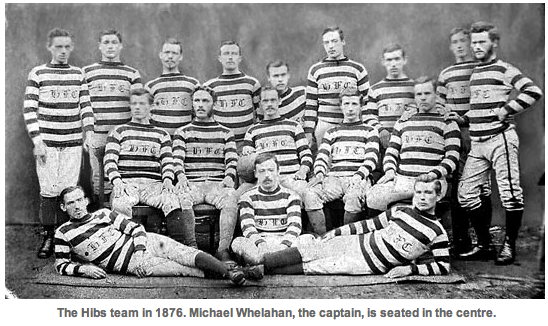
Michael Whelahan was born in Kilglass, Co. Rosscommon, Ireland, in 1854. The Whelahan family was typical among those living in the Western province of Connaught at that time. They scratched a meager existence from the soil. The great famine had traumatic effects on peasant families like the Whelahans, as their communities were decimated and their folk customs, pastimes and Gaelic language lapsed with the increased need to speak English.
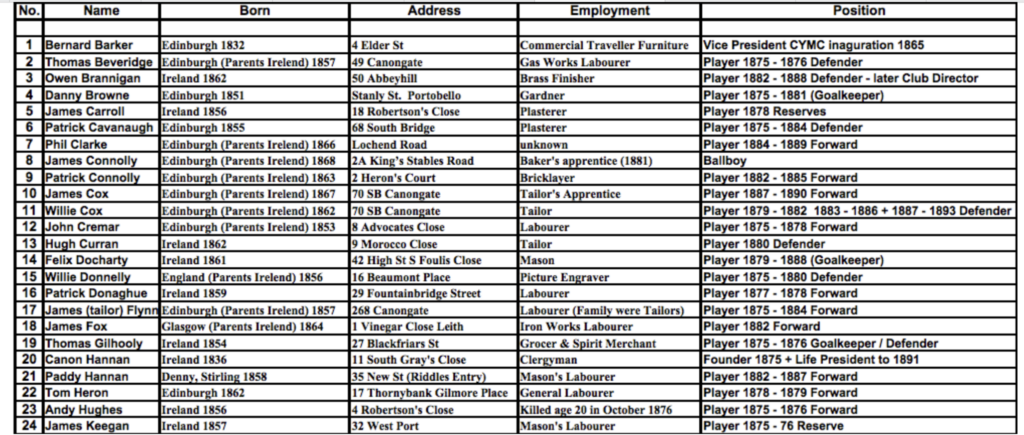
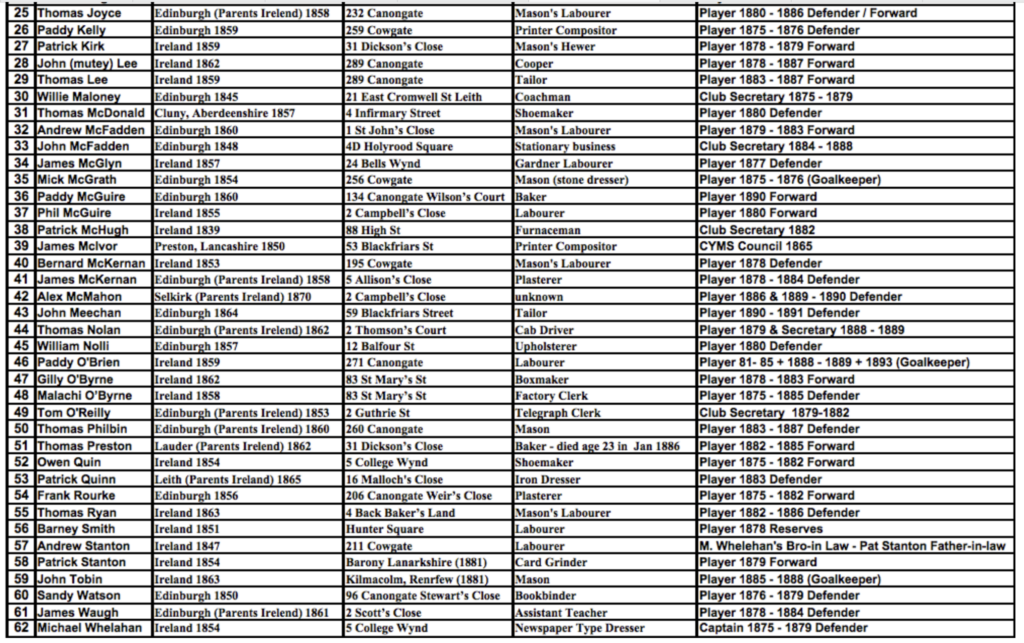
Men of Vision
At last, almost sixty years after they had first began to settle in the City of Edinburgh, the Irish immigrants had a focal point for their community, and it was to prove the key in the formation of Hibernian as, subsequently, Hibernian was itself to play an important part in the integration of the Irish immigrants as an accepted part of their adopted city. History is littered with people of vision, a few individuals who in their own way step from the crowd to make a difference. The two men of Little Ireland who were to do so for their community were Father Edward Joseph Hannan and Michael Whelahan.
Like over a million others in their position, the only option for the Whelahan family was to emigrate, or rather be exiled, as they had no wish to leave Ireland. They made their way to Edinburgh where a relative was already living. Legend has it that they put together enough pennies for the ferry to Glasgow but had to walk from there to Edinburgh.
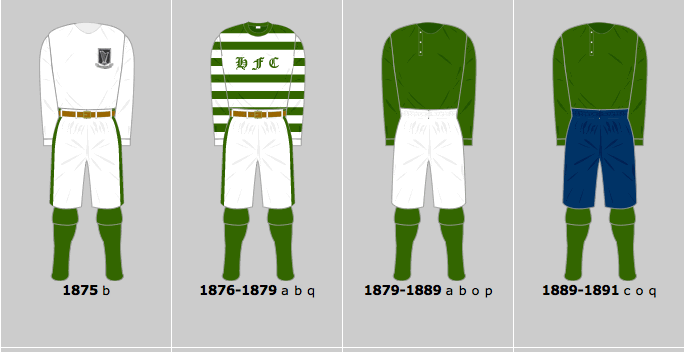
In the spring of 1875, Michael Whelahan and two of his friends from St. Patrick s CYMS were watching the increasingly popular game of football being played on Edinburgh/s Meadows.
Michael’s friends, Malachy Byrne and Andy Hughes, had already played a couple of games for a street team called White Star but this did not last long when it was discovered they were Irish Catholics. It was as Michael Whelahan watched the exciting football scene before him that he resolved that the CYMS should have their own football club instead of standing on the sidelines as was they usually did.
Father Hannan held the key of course, as he had to endorse all their activities, ensuring that they were appropriate. Michael decided to speak to the popular priest.
Father Hannan listened to Michael Whelahan.s idea with great interest, as sporting recreation had always been a cornerstone of his vision of developing fully rounded and worthy citizens from Little Ireland. He was well aware of the popularity of football and promised Michael that he would enquire about it’s organisation both locally and nationally.
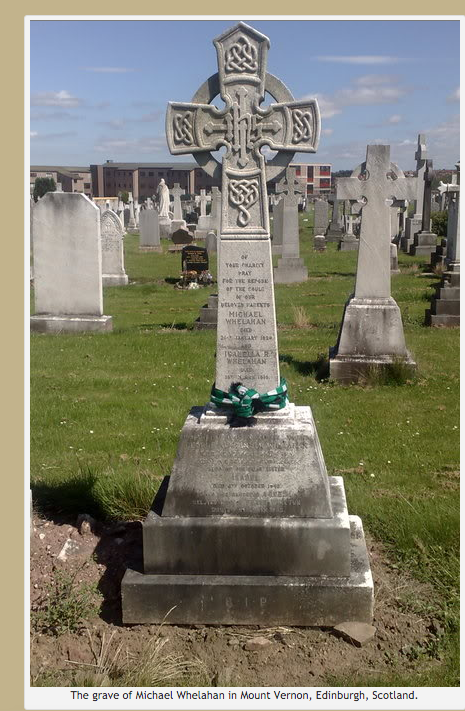
Father Hannan’s inquiries were favourable, and so it was decided that he and Michael would put forward the proposal to form a football club at the next full meeting of the CYMS in St. Mary’s Street Halls, to see if it was carried democratically.
The meeting voted unanimously in favour of the proposal with such infectious enthusiasm that Father Hannan agreed to assist Michael Whelahan in making all the necessary arrangements for the football club to become a reality. The next thing to consider, was the football club’s colours, crest, motto and of course name.
For Irish nationalists, the first three were easy. The colours would be green, the crest would be the Harp and the motto the Gaelic Erin Go Bragh (Ireland for Ever).
Giving St. Patrick’s CYMS football club a name, however, proved much more difficult, and protracted discussions were entered into. Father Hannan proposed the obvious name, the Catholic Young Men’s Society Football Club, and although appropriate, it was generally agreed it was just too long‘winded.
St. Patrick’s F.C. was thought to be disrespectful to Ireland’s patron saint, and other suggestions that were rejected included Harp, Shamrock, Emerald and Celtic. The Club was almost named Young Ireland, but Michael Whelahan asked for more time to think about it, since his enthusiasm for the football club dictated that it should have a very special name.
Michael went to St. Patrick’s Church to pray for inspiration and it was there he remembered that the fiercely Catholic Ancient Order of Hibernian’s secret society had been absorbed into the CYMS many years before.
Hibernian was the old Roman Latin word for Irishman. There and then, the Hibernian Football Club was born, the Edinburgh Irishmen.
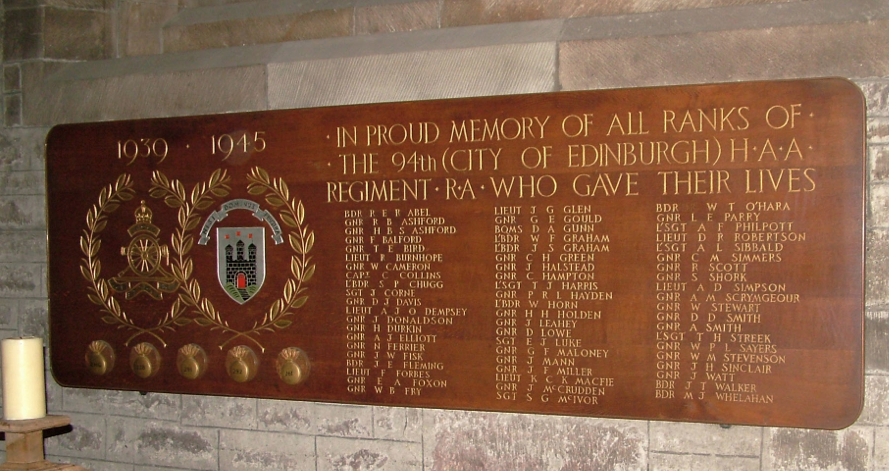
M.J. Whelahan
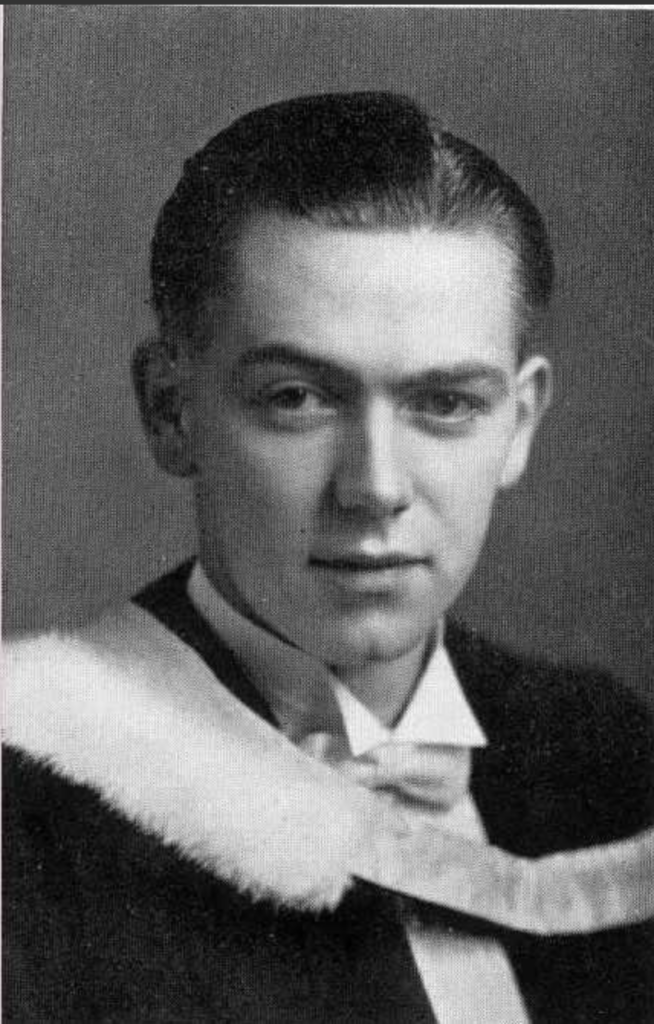
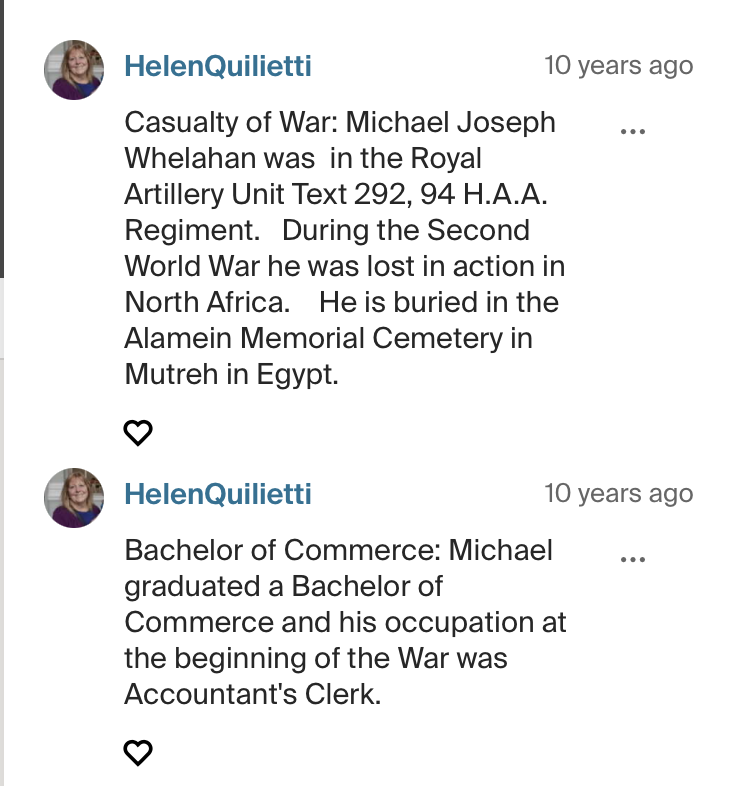
Leave a Reply